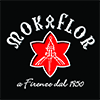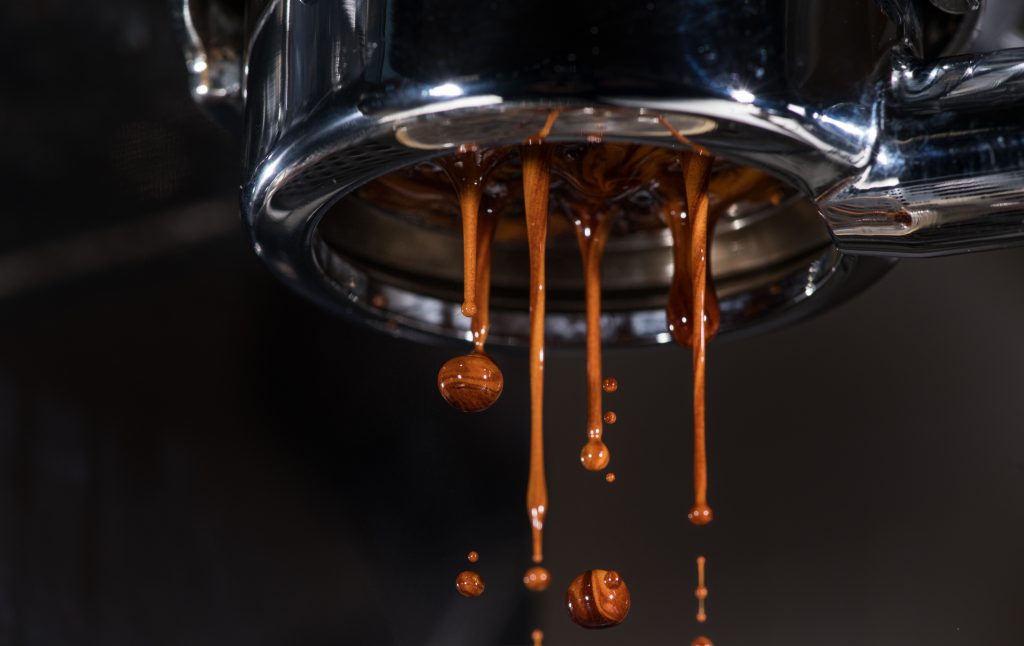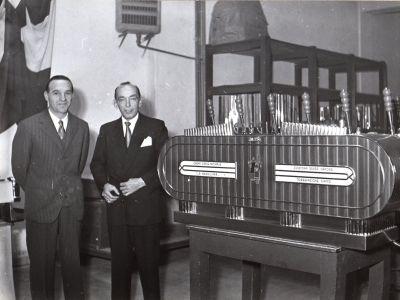What would Espresso be without the crema?
We often judge a coffee by its crema, the foamy part on top which first comes to our sight when we make an espresso.
What do we really know about it? Does it say anything about the quality of the espresso? Can we use it as a judging parameter for our coffee?
Let’s find out more about this very important topic and what it really tells us about coffee.
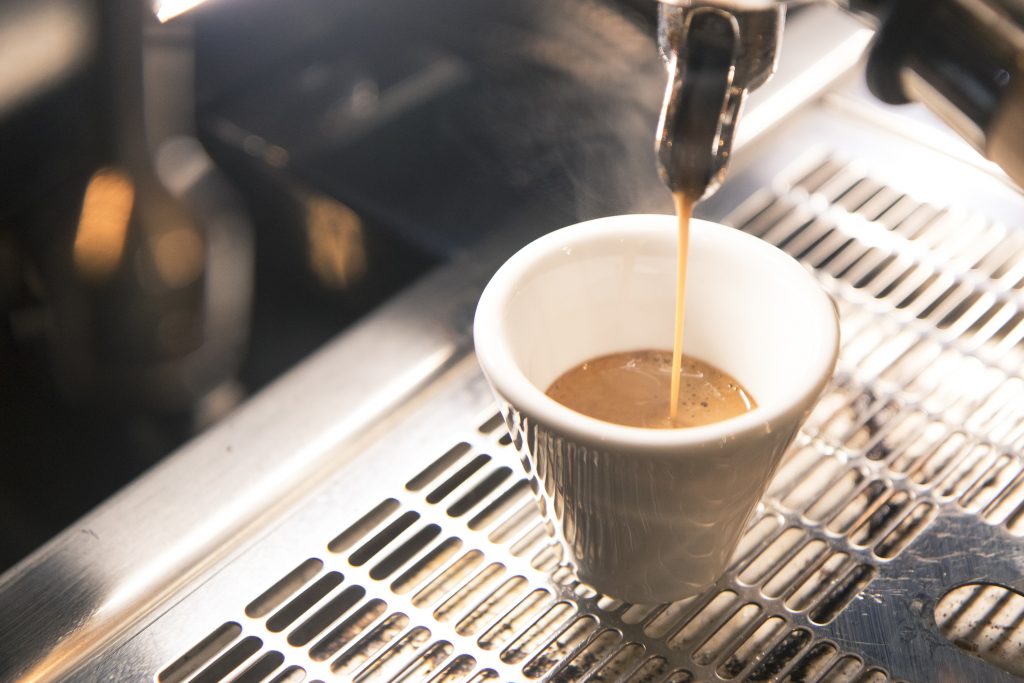
HISTORY OF THE CREMA NATURALE
The crema of espresso seems to have first been nominated by Achille Gaggia when in 1938, in collaboration with the engineer Antonio Cremonese, he first filed the patent for the “Lampo” extraction mechanism.
This system used the pressure of hot water instead of steam which made it possible to extract a perfect espresso, which is the Italian term for: fast, express. It was also the first time that a coffee presented a crema naturale or “natural cream”, as Achille liked to call it. Since then, the term crema is still used internationally to refer to the delicious foam on top of our espresso.
WHAT IS CREMA?
This foam is a very unique scientific process which begins during the roasting of coffee. While the coffee beans are roasted, they generate CO2 as a byproduct. The CO2 remains “trapped” in the coffee bean and usually needs some time to be released (or degassed) after roasting. (This is why we always leave our coffees to rest from 48 to 72 hours before packaging).
With the espresso extraction, the water at 9 bars of pressure collides with the ground coffee and, while moving into atmospheric pressure, drops into the cup. This creates an over saturation of CO2 in the water, which will then move up to the surface in the form of bubbles.
HOW IMPORTANT IS IT WHEN JUDGING AN ESPRESSO?
It is very important that we talk about the common known myth that a nice, dense crema is a synonym of good quality. This is NOT true. Of course an espresso should have one, as this determines the result of a good extraction. But it doesn’t tell us much more about the quality of the coffee or the roasting itself.
Robusta for example, has double as much CO2 content as Arabica after roasting. Washed coffees often produce less crema than naturals and if you roast darker, the CO2 amount will increase. These are all very important factors which should be taken into consideration.
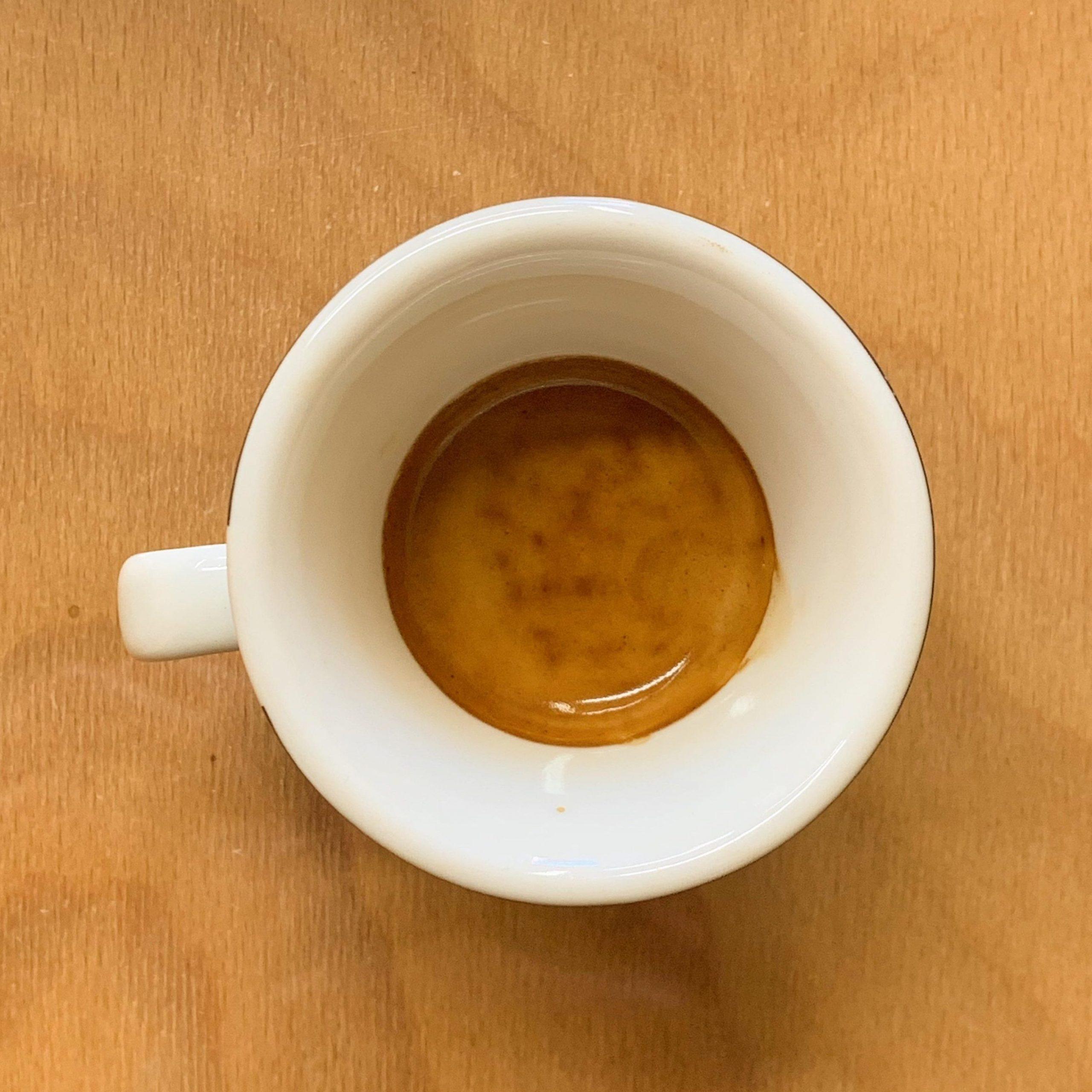
Also, as mentioned before, when coffee is extracted too fresh after roasting, the crema usuallly has big bubble and tends to open up in the middle, as you can read in this article of ilcaffeespressoitaliano.com.
A very interesting article of Perfect Daily Grind clarifies many doubts and confusion about the importance of crema and explains very well which are the most important factors we should look out for. They also mention an article in which Steven Moloney, the two-time Swedish World Barista Championship winner 2016 and 2017 speaks about the relationship between crema and espresso. “It doesn’t haven’t any direct correlation to how good the espresso will taste” he states. “You can roast a bad coffee to a dark roast degree and get a beautiful, thick, dense crema – and the espresso will still taste bad. Crema can be nice to look at, but it’s important to just concentrate on if the espresso is balanced.”
Here are a few key elements which we can keep in mind while analyzing the crema of our espresso.
The key elements for the evaluation of the crema :
Density: The crema should have a certain density but thickness does not necessarily imply its quality.
Color: this can vary depending on the coffee processing method, the roast profile and a few other different aspects. Anyways, when we see tiger stripes on the coffee, these are particles of ground coffee which went through the portafilter during extraction. Arabica usually produces more particles and Robusta less. So, nothing to worry about!
Elasticity: We usually look for dense yet elastic textures that can have a nice and soft “roll” in the cup. (see video below)
SO AFTER ALL: IS THE CREMA GOOD?
We agree with James Hoffmann who explains to us in the video below that it’s a good feedback about the extraction but it doesn’t tell us much about the quality of the coffee. If we learn how to evaluate the elements of crema, we can determine a few factors regarding the roasting, extraction or type of coffee. But after all it will be the combination of taste, aroma, sweetness, acidity, aftertaste and also crema to make us evaluate if the coffee is good or not!
KEEP LEARNING
Want to learn more about coffee tasting and all topics related? Check out our courses of the Espresso Academy, our school for coffee lovers and experts!
